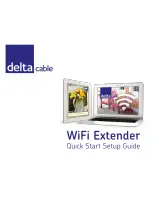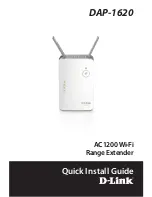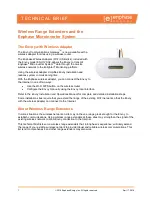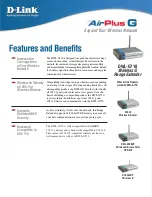
9
1.
Power:
Indicator light. If this light is on and solid then the XTND transmitter has power.
2.
Firmware
: Micro USB port to update XTND firmware.
3.
RS232
: Connect the three-pin phoenix connector to this port to send RS232 commands to the XTND receiver or vice-versa.
4.
IR (IN) / (OUT)
: Connect an IR TX to the “IR OUT” to enable remote (IR) control of any AV device local to the XTND transmitter. Connect
an IR RX to the “IR IN” port to receive an IR command from a remote control to pass through to the XTND receiver.
5.
HDMI (IN)
: HDMI video input.
6.
HDMI (OUT)
: HDMI video output.
7.
VIDEO TPC
: HDBaseT (RJ45) video output port. 18Gbps video will pass through using TPC. The HDBaseT port has two indicator lights.
Left light: solid means connection between XTND transmitter and XTND receiver is good. Flashing means that the connection is poor.
Off means that there is no connection detected. Right light: solid means HDCP is detected. Flashing means there is no HDCP. Off means
no HDMI signal is detected.
8.
DC24V
: Connect the supplied power supply to this port to provide power to the XTND transmitter and receiver.
Description








































